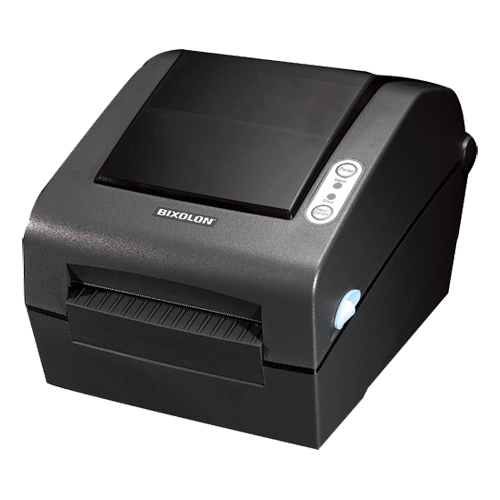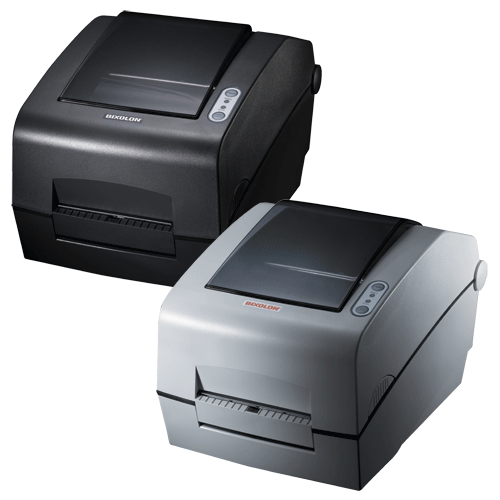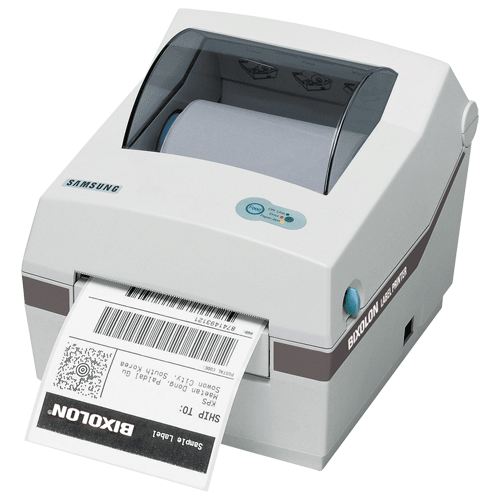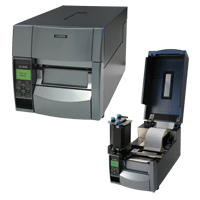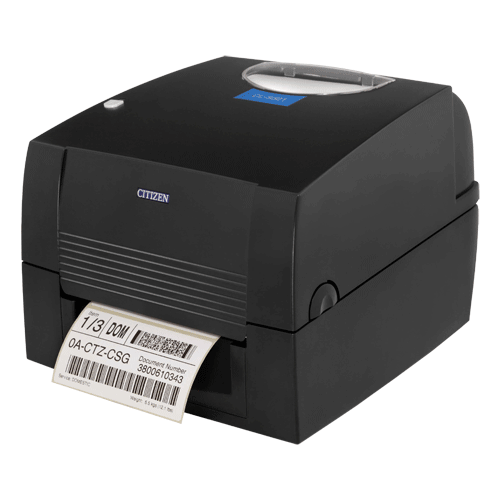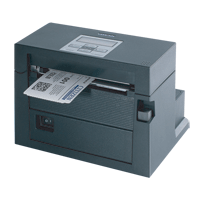A label printer is a specialized printer used to print labels, tags, stickers, and other adhesive-backed media. These printers are commonly used in various industries and applications, including retail, manufacturing, logistics, healthcare, and office environments. Here are some key features and aspects of label printers:
1. **Direct Thermal vs. Thermal Transfer**: Label printers use either direct thermal or thermal transfer printing technology.
– **Direct Thermal**: Direct thermal printers use heat-sensitive paper that darkens when heated, producing black-and-white labels without the need for ink or toner. They are commonly used for printing shipping labels, barcode labels, and temporary labels.
– **Thermal Transfer**: Thermal transfer printers use a thermal printhead to transfer ink from a ribbon onto the label material. This produces high-quality, durable labels with greater resistance to fading, smudging, and abrasion. Thermal transfer printers are suitable for printing product labels, asset tags, and labels requiring long-term durability.
2. **Print Resolution and Speed**: Label printers vary in print resolution (measured in dots per inch or DPI) and printing speed. Higher resolution printers produce sharper and more detailed labels, while faster printers can print labels more quickly, improving efficiency and productivity.
3. **Label Size and Type**: Label printers support a wide range of label sizes, shapes, and materials to meet different application requirements. Common label types include die-cut labels, continuous labels, and fanfold labels. Labels may be made of paper, synthetic materials (e.g., polyester, vinyl), or specialty materials (e.g., heat-resistant, chemical-resistant).
4. **Connectivity Options**: Label printers offer various connectivity options for connecting to computers, networks, and mobile devices.
– **USB**: Most label printers feature USB connectivity for direct connection to a computer or POS system.
– **Ethernet**: Ethernet connectivity enables networked printing, allowing multiple users to access the printer over a LAN.
– **Wi-Fi**: Wi-Fi connectivity provides wireless printing capabilities, allowing users to print labels from computers, smartphones, or tablets without the need for physical connections.
– **Bluetooth**: Bluetooth connectivity allows for wireless printing from mobile devices such as smartphones and tablets.
5. **Label Design and Printing Software**: Label printers often come with label design and printing software that allows users to create custom labels, barcode labels, and product labels. These software programs typically offer templates, design tools, and barcode generation capabilities for creating professional-looking labels.
6. **Integration with Business Systems**: Label printers can be integrated with business systems such as inventory management software, warehouse management systems (WMS), and enterprise resource planning (ERP) systems. This integration enables automated label printing, real-time data capture, and improved accuracy in labeling and tracking inventory.
7. **Durability and Reliability**: Label printers are designed to withstand the rigors of industrial and commercial environments, with durable construction and reliable performance. They are often built to meet industry-specific standards for durability, reliability, and print quality.
Overall, label printers are essential tools for businesses and organizations that need to print labels for product identification, inventory tracking, shipping, and other purposes. By choosing the right label printer for their specific needs and requirements, businesses can improve efficiency, accuracy, and productivity in labeling operations.
Label Printer
Label Printer
Label Printer
Label Printer
Label Printer
Label Printer
Label Printer
Label Printer
Label Printer
Label Printer
Label Printer
Label Printer

